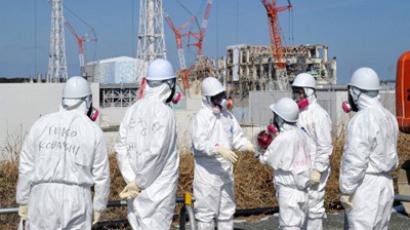Fukushima-contaminated tuna caught off California coast
A new study has revealed elevated radioactivity in bluefin tuna caught off the coast of San Diego, California. Contamination concerns have plagued Japan after a massive earthquake and nuclear crisis rocked the country over a year ago.
A fish prized for its market value and as a delicacy in sushi restaurants worldwide, bluefin tuna are known for their great migratory patterns that start in coastal Japanese waters and span the entire Pacific Ocean, taking them as far San Diego. While the scientists have said the fish they studied are safe to eat, their findings do raise new questions about the risk of fish from Japanese waters.“Frankly, we were surprised,” Nicholas Fisher, a professor of marine sciences at Stony Brook University, New York, and a member of the Woods Hole Oceanographic Institute team that completed the study, told the Associated Press.The results noted two radioactive isotopes in particular that were discovered in the bluefin tuna; cesium-137 and cesium-134. Neither isotope occurs naturally in the Pacific. But while cesium-137 is known to have entered the Pacific Ocean artificially as a result of 1960s nuclear weapons tests, the only possible explanation for the cesium-134 is fallout from the Fukushima reactor. The scientists told AP the results were “unequivocal”.In attempts to quell contamination concerns, Japan has recently introduced even stricter radioactivity tests in the wake of the disaster a year ago. As of April 1, 2012, the limit on allowable radioactive cesium in food in Japan was lowered from 500 becquerels (a unit for measuring radiation in food) per kilogram to an incredibly stringent 100 becquerels. However, the institute’s study leaves new cause for concern. The team plans on continuing its study on a new sample of bluefin tuna to be caught on the coming months in order to preclude any potential health hazards.














